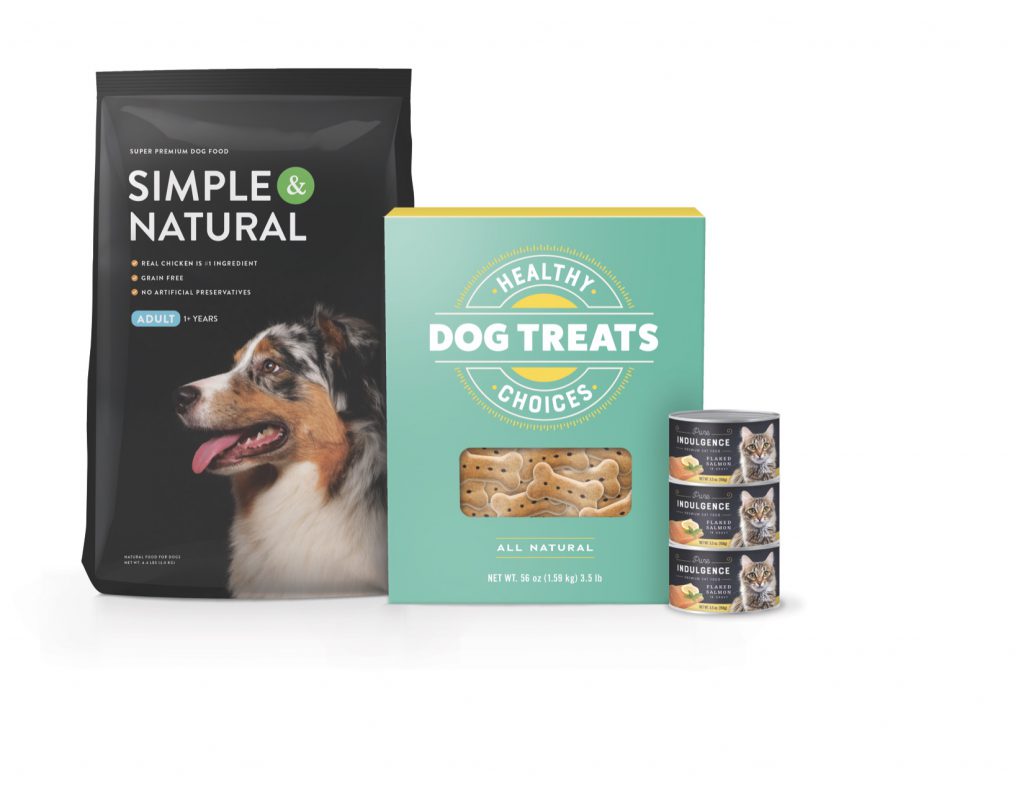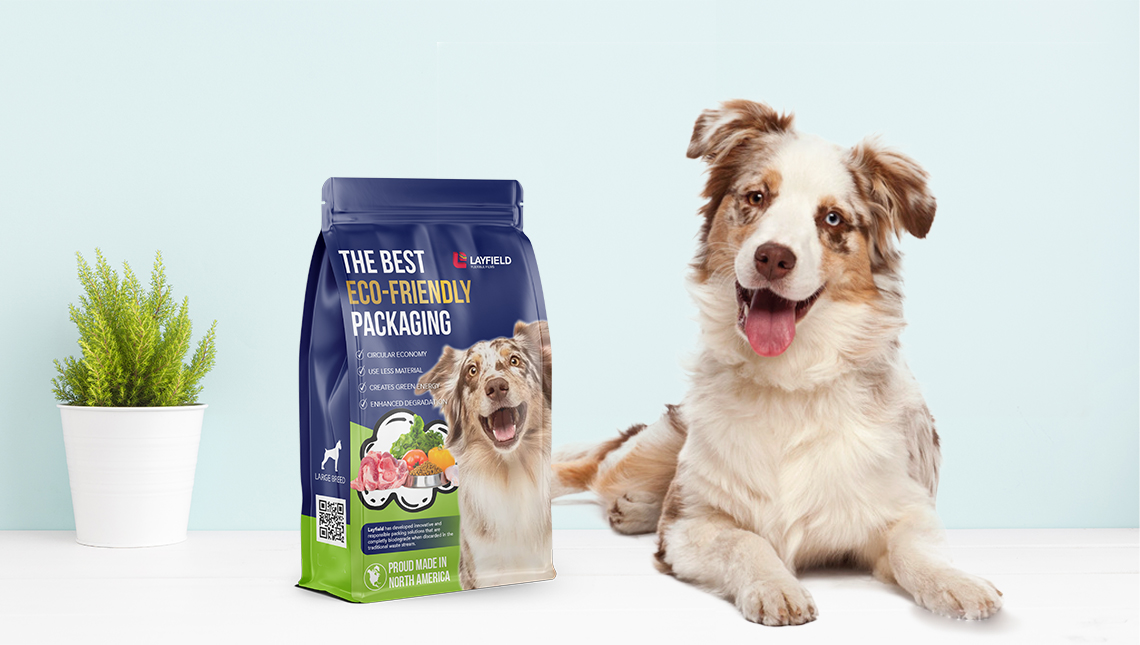Introduction:
Pet food packaging plays a crucial role in maintaining the freshness and quality of your furry friend’s meals. Just like human food, proper packaging is essential to ensure that your pet’s food remains nutritious, flavorful, and safe for consumption. In this comprehensive guide, we’ll delve into the importance of pet food packaging and explore the various factors that contribute to keeping your pet’s meals fresh and tasty.
Understanding the Importance of Packaging:
Packaging serves as the first line of defense against external elements that can compromise the quality of pet food. It not only protects the food from moisture, air, and light but also prevents contamination from pests and bacteria. Additionally, effective packaging helps extend the shelf life of pet food, allowing pet owners to purchase in bulk without worrying about spoilage.

Types of Pet Food Packaging:
Pet food is packaged in a variety of materials, each offering distinct advantages in terms of preservation and convenience. Common types of pet food packaging include:
- Cans: Metal cans are a popular choice for wet pet food due to their ability to provide an airtight seal, preventing spoilage and maintaining freshness.
- Bags: Dry pet food is typically packaged in bags made from materials such as paper, plastic, or a combination of both. These bags often feature resealable closures to keep the food fresh after opening.
- Pouches: Pouches offer a convenient and lightweight alternative to cans for wet pet food. They are often made from flexible materials that can be easily stored and disposed of.
- Boxes: Some specialty pet foods, such as treats and meal toppers, come in cardboard boxes or cartons. These packaging options provide protection while also allowing for attractive branding and labeling.
Factors Affecting Food Freshness:
Several factors can impact the freshness and shelf life of pet food, including:
- Moisture: Moisture can lead to mold growth and spoilage, particularly in dry pet food. Proper packaging with moisture barriers helps prevent moisture ingress and maintains product integrity.
- Oxygen: Exposure to oxygen can cause oxidation and rancidity in pet food, leading to a loss of nutritional value and flavor. Oxygen-absorbing technologies and vacuum-sealed packaging help minimize oxygen exposure.
- Light: Light exposure can degrade the nutritional content of pet food and contribute to off-flavors and odors. Opaque packaging materials help protect against light damage and preserve product quality.
- Temperature: Extreme temperatures can accelerate the deterioration of pet food, especially in sensitive ingredients such as fats and vitamins. Storage in cool, dry conditions helps maintain freshness and nutritional value.
Innovations in Packaging Technology:
Advancements in packaging technology have led to the development of innovative solutions designed to enhance the freshness and convenience of pet food. Some notable innovations include:
- Modified Atmosphere Packaging (MAP): MAP involves modifying the atmosphere inside the packaging to extend shelf life. By replacing oxygen with gases such as nitrogen or carbon dioxide, MAP helps inhibit microbial growth and preserve product quality.
- Reclosable Packaging: Many pet food manufacturers now offer resealable packaging options, such as zip-lock bags and easy-open seals. These features allow pet owners to seal the package tightly after each use, keeping the contents fresh and preventing spills.
- Single-Serve Portions: Single-serve packaging formats, such as individual pouches and trays, are gaining popularity for their convenience and portion control benefits. These smaller servings help reduce waste and ensure that each meal remains fresh until consumption.
- Biodegradable Packaging: With growing concerns about environmental sustainability, some pet food brands are exploring biodegradable and compostable packaging materials as eco-friendly alternatives to traditional plastics. These materials break down naturally, reducing the environmental impact of packaging waste.
Best Practices for Pet Food Storage:
In addition to choosing the right packaging, proper storage is essential for maintaining the freshness and quality of pet food. Follow these best practices:
- Seal the Bag: After opening a bag of dry pet food, reseal it tightly to prevent exposure to air and moisture. Consider transferring the food to an airtight container for added protection.
- Store in a Cool, Dry Place: Keep pet food in a cool, dry location away from direct sunlight and fluctuations in temperature. Avoid storing it near appliances that generate heat, such as ovens and radiators.
- Check Expiration Dates: Be mindful of the expiration dates on pet food packaging and use older products before newer ones to ensure freshness. Rotate stock regularly to prevent food from expiring.
- Keep Away from Pests: Store pet food in pest-proof containers to prevent infestations by insects and rodents. Seal any cracks or openings in storage areas to deter pests from accessing the food.
Conclusion:
Pet food packaging plays a vital role in preserving the freshness, flavor, and nutritional integrity of your furry friend’s meals. By understanding the importance of proper packaging and selecting suitable packaging material. Pet owners can ensure that their pets enjoy high-quality food that is safe and delicious. With ongoing innovations in packaging technology and adherence to best storage practices. Pet food manufacturers and consumers alike can contribute to the well-being and satisfaction of beloved pets everywhere.










